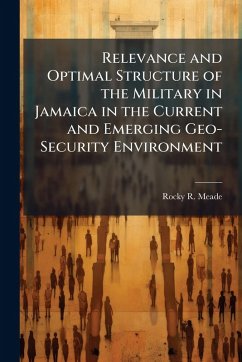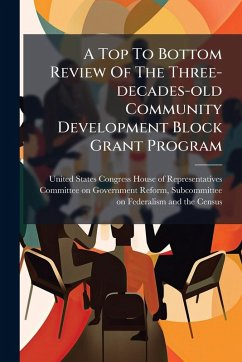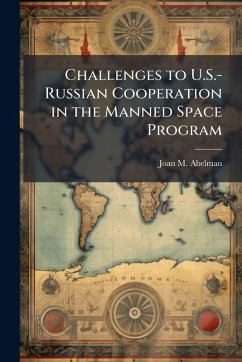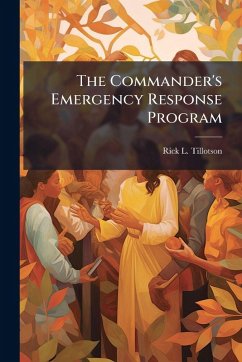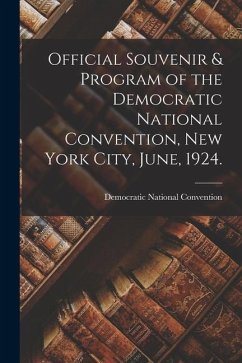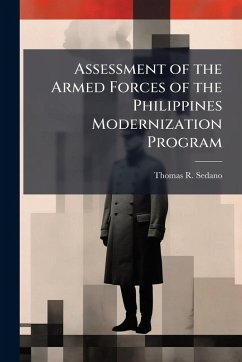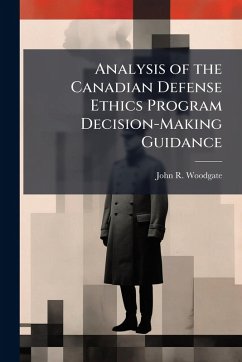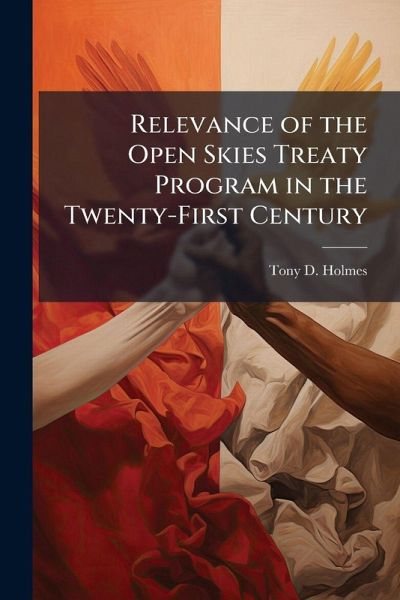
Relevance of the Open Skies Treaty Program in the Twenty-First Century

PAYBACK Punkte
7 °P sammeln!
The Open Skies Treaty allows any signatory nation to fly specifically equipped reconnaissance aircraft anywhere over the territory of any other signatory nation. With its history stemming from the 1950s, all the way through its revival in 1989 and continuation today, the Open Skies Treaty has always been aimed at improving international relations. Whether it was arms control verification, as it was in the beginning, or openness and transparency, as it is today, the ultimate goal was to build confidence between nations. Now that the Treaty has been in force for six years, with positive outcomes...
The Open Skies Treaty allows any signatory nation to fly specifically equipped reconnaissance aircraft anywhere over the territory of any other signatory nation. With its history stemming from the 1950s, all the way through its revival in 1989 and continuation today, the Open Skies Treaty has always been aimed at improving international relations. Whether it was arms control verification, as it was in the beginning, or openness and transparency, as it is today, the ultimate goal was to build confidence between nations. Now that the Treaty has been in force for six years, with positive outcomes for every nation involved, a look at what the future holds for the Treaty is in order. This paper will present the key historical facts involving the Open Skies Treaty and prove that it is still relevant in the twenty-first century, as well as make recommendations for the future of the program and usage in non-traditional roles. This work has been selected by scholars as being culturally important, and is part of the knowledge base of civilization as we know it. This work was reproduced from the original artifact, and remains as true to the original work as possible. Therefore, you will see the original copyright references, library stamps (as most of these works have been housed in our most important libraries around the world), and other notations in the work. This work is in the public domain in the United States of America, and possibly other nations. Within the United States, you may freely copy and distribute this work, as no entity (individual or corporate) has a copyright on the body of the work. As a reproduction of a historical artifact, this work may contain missing or blurred pages, poor pictures, errant marks, etc. Scholars believe, and we concur, that this work is important enough to be preserved, reproduced, and made generally available to the public. We appreciate your support of the preservation process, and thank you for being an important part of keeping this knowledge alive and relevant.



